5 Ways Detroit Offers Urban Inspiration
Recapping a two-day trip to see some fantastic new projects
Last week, I hosted a tour of Detroit with five intrepid subscribers to the New Urban Order. You can see the itinerary here, which also gives a bit more background on the projects we visited. Special thanks to John Breitinger whose photos of the trip augment mine below.
Detroit takes mixed use to the next level
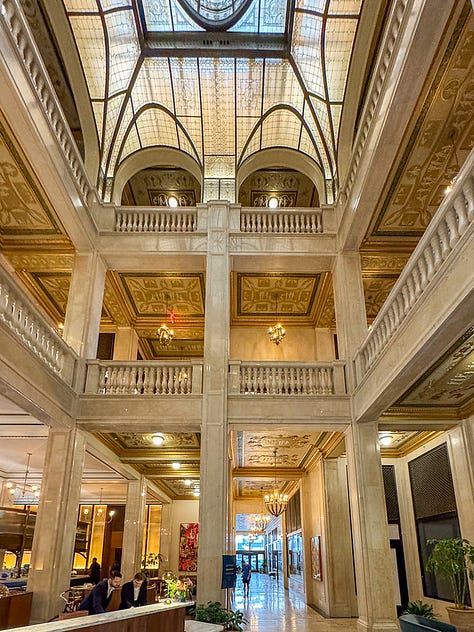
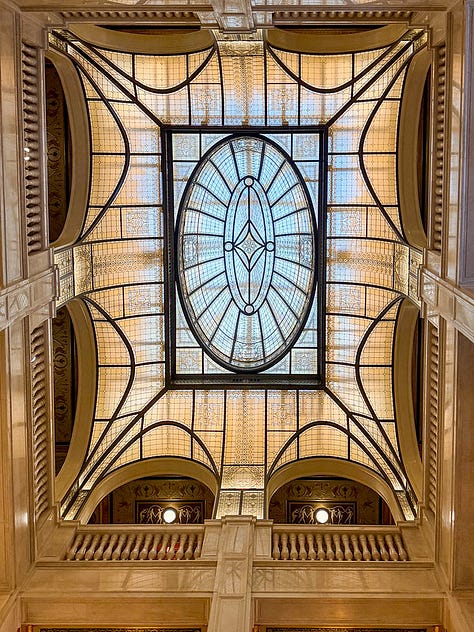
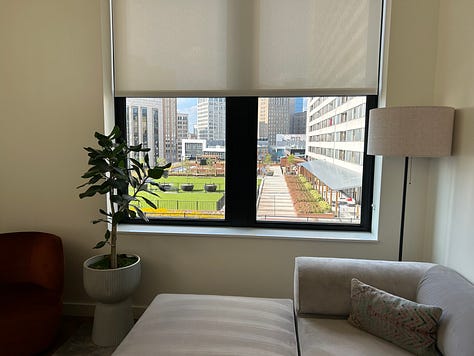
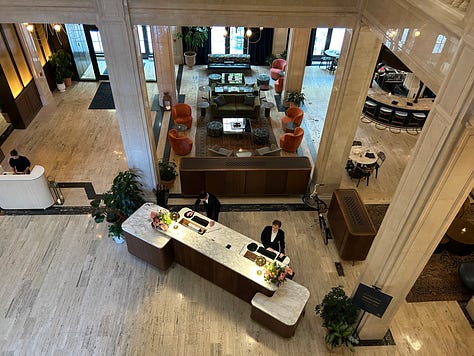

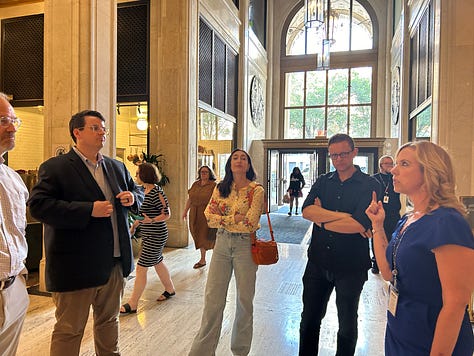
For our first stop, we checked out the seven-year, $400 million renovation of the Book Tower. The property now exemplifies a trend I saw throughout Detroit: maximized mixed-use. The building is home to five restaurants, office space, an extended stay hotel and rental apartments. Managing this array of uses seems exhausting, but may ultimately be the only way forward for buildings of this size in the future. The Book Tower’s lobby not only serves as a traditional waiting area, but as a bar and restaurant. The amenity spaces for hotel guests also serve the apartment rentals. No square inch is taken for granted.
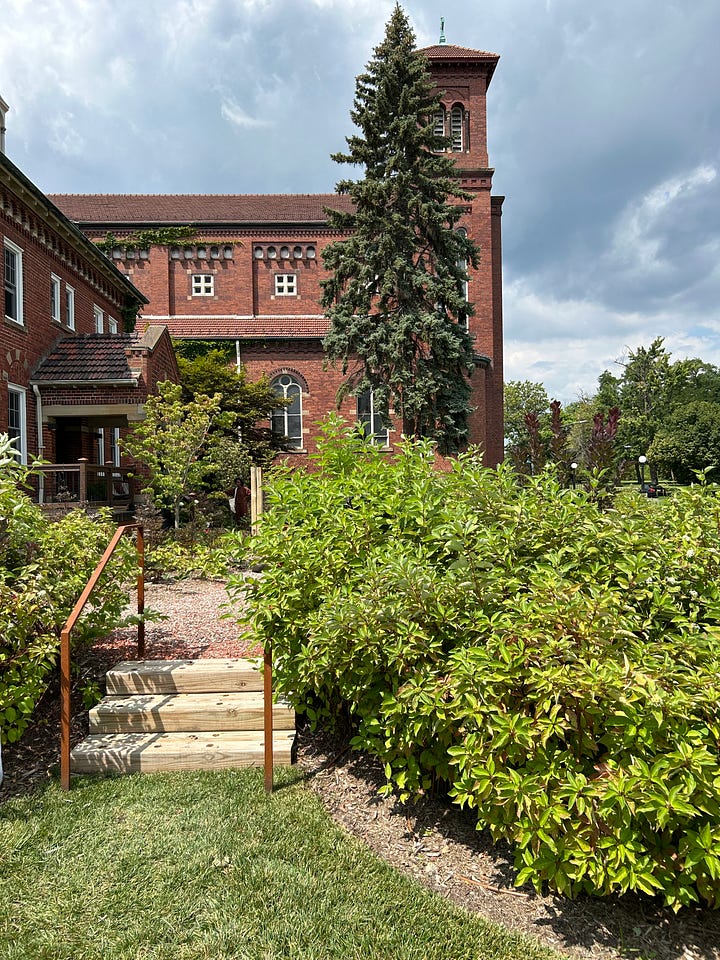
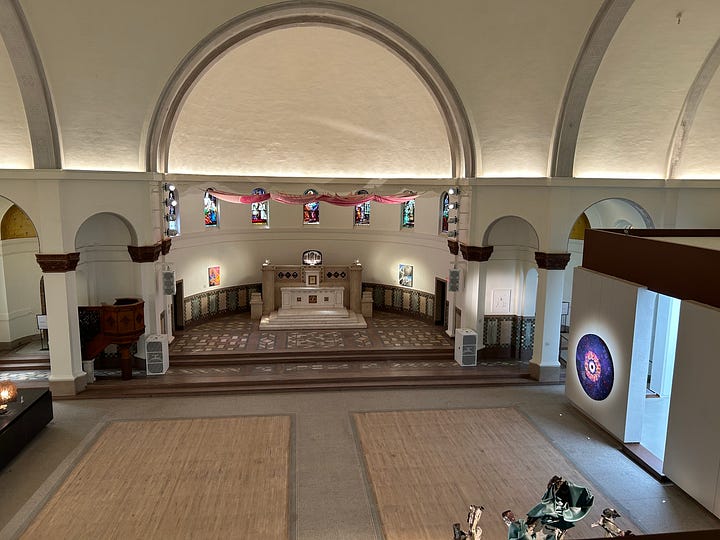
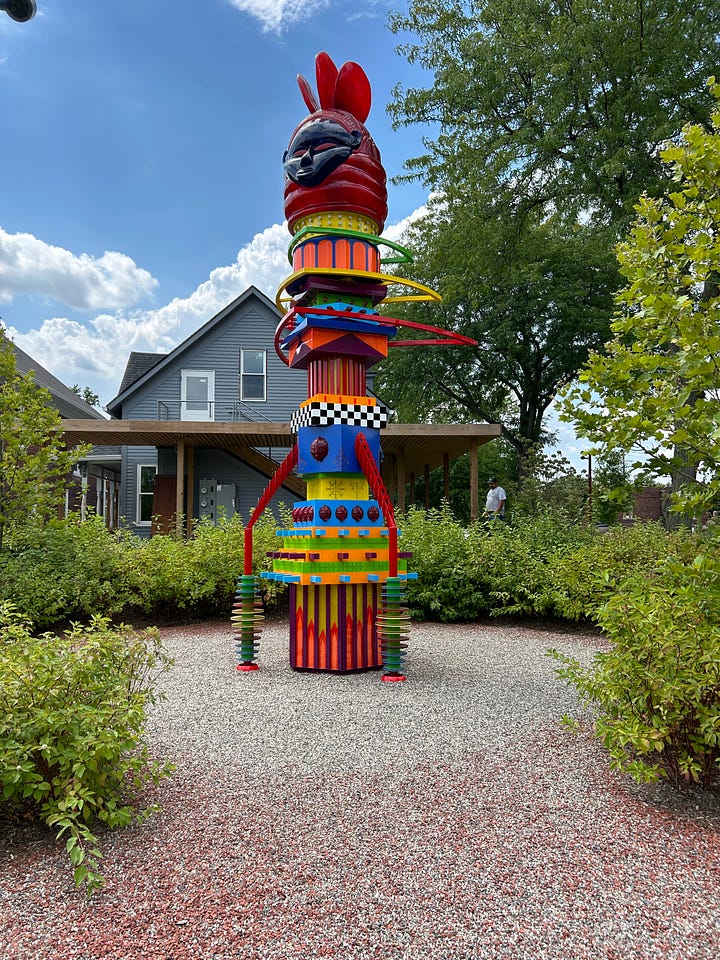
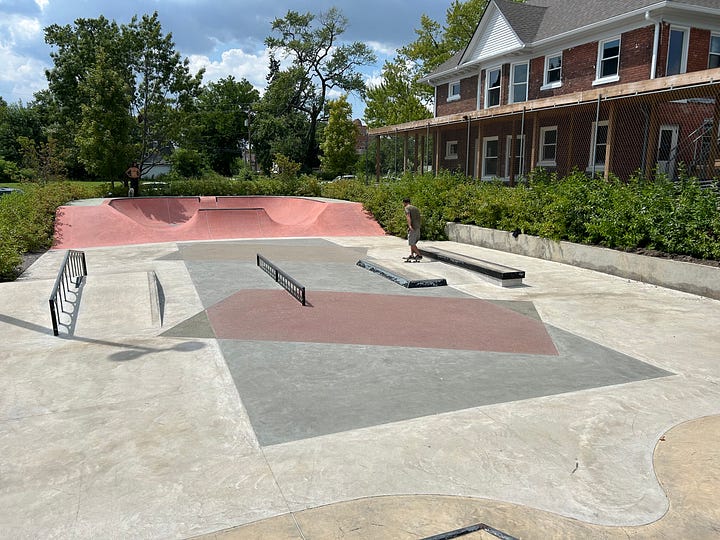
Maximized mixed use was on display the next day when we visited The Shepherd, a former church transformed into a mini cultural campus with art gallery, sculpture garden, skateboard park, boutique hotel, and soon a restaurant and bakery. At first I saw this mix of uses as a way to widen the appeal of any given project, but later I realized that providing multiple uses allows a visitor to deepen their experience, finding more reasons for repeated visits or to lengthen each stay. Detroit shows just how effective — and potentially economically necessary — combining four or five uses into one project can be.
Detroit is paving the way for a post-Creative Class city
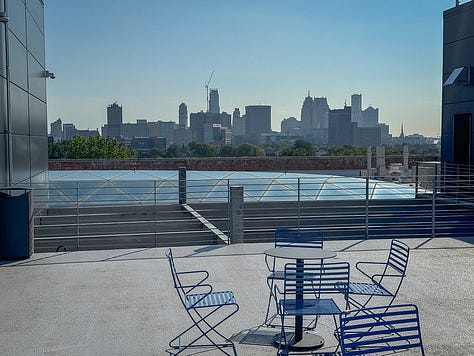
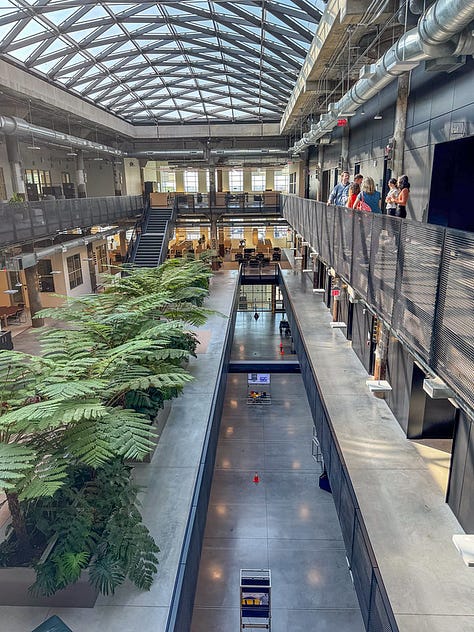
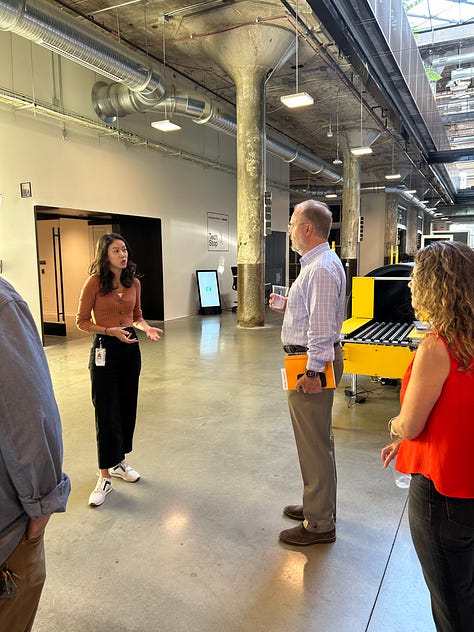
The first time I visited Detroit was in 2008 for the Creative Cities Summit, an era when many cities were building museums and launching creative economy programs in the belief this would resuscitate their downtowns. More than 15 years later, Detroit’s renaissance has certainly benefited from its strong creative economy — for example, Book Tower’s apartments may be filled with med students but they’re drawn to the building for its beautiful historic preservation, chic amenity spaces, and high-quality restaurants.
But despite the city’s countless creative institutions, from DIA to the Heidelberg Project and many more, Detroit is owning its STEM orientation. Michigan Central, a 30-acre campus that includes the stunning renovation of a long-abandoned train station and reuse of a former public school building into business accelerator Newlab, could have been positioned as a center for arts and creativity. Instead, it is centered on the engineering, technology, manufacturing, and financing of the mobility industry. Newlab sees itself as a pipeline for workforce training and for growing mobility businesses. For example, Grounded, an electric van company started out at Newlab and has already expanded operations to a nearby site.
Michigan has the highest concentration of engineers in the country; the irony is that I learned this tidbit as part of an art exhibit at Michigan Central. But perhaps that just proves my point; here, while the art and design is top-notch, whether it is the public art downtown or the art installations at Michigan Central, it often feels in service of industry not its own, dominant, creative economy.
Detroit’s history gives purpose to its future
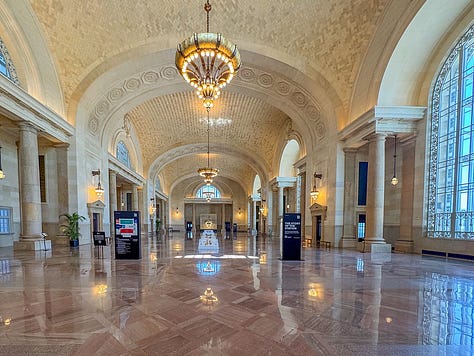
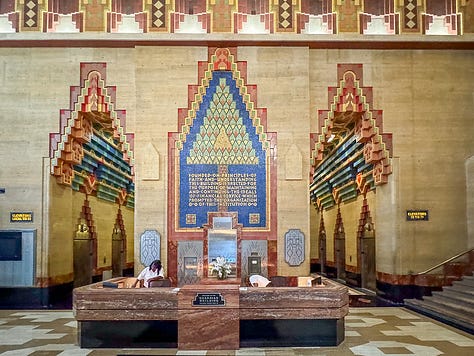
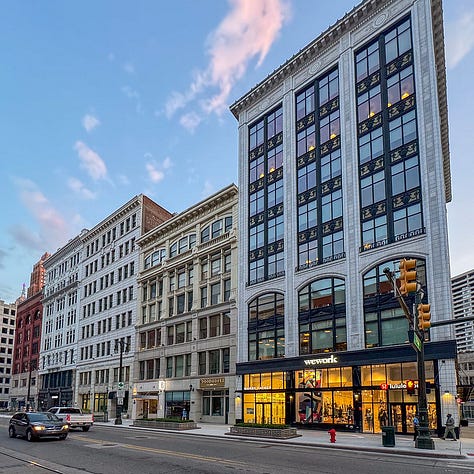
It seems that everywhere you look in Detroit, there’s something under construction, and much of that development is adaptive reuse of historic buildings. The result is an astonishing collage of architecture that is a tonic for the bland, boxy, paneled buildings that have blandified most of our cities. And because this kind of adaptive reuse work is almost never the easiest, cheapest kind of development, the result is that there’s so much pride in reinventing these spaces.
Each tour guide throughout our trip exuded pride and sense of purpose, so it was no surprise that as we left Michigan Central and passed through a community-oriented Coffee & Conversations session, the representatives who grew up in the area spoke to the importance of seeing the train station transformed from eyesore to community hub. New construction obliterates the past; here Detroiters are having the opportunity to see something that was painful transformed into something beautiful.
Detroit is going for bling
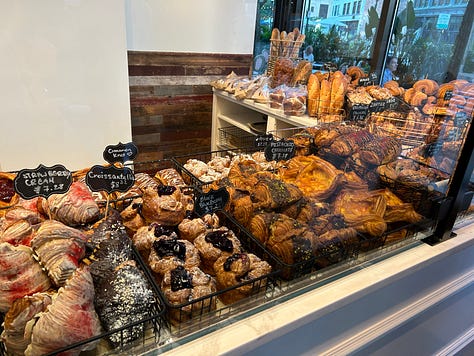
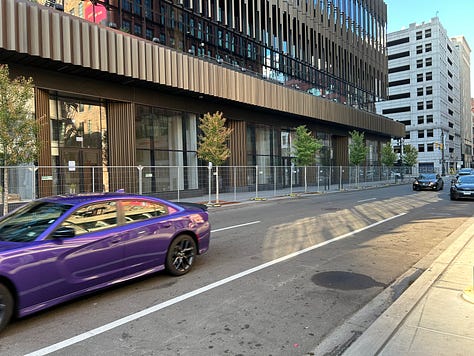

I was surprised a number of times by the ritzy, blingy aspects of Detroit, like the Gucci store downtown, the fact the many restaurants had entrees costing over $50, the $8 pastries at a corner coffee shop. The Hudson Site building, with its bronze decoration reminiscent of Deco architecture, seems intentionally luxurious. The new riverfront park that we visited will feature design by Michael Van Valkenburgh and a building by David Adjaye — famous names in the world of architecture and design. The restoration of Michigan Central, which required reopening a quarry to source the right stone to historically renew the building, was an over-the-top feat. Detroit does not seem interested in humble bragging about its investment in these places. It’s going for bling. So often it feels like our built environment is devoid of decoration, but Detroit really seemed to be going for it in a way that actually felt reminiscent of the historic architecture, like the opulently decorated downtown Guardian Building, from its early 1900s heyday.
The importance of the long haul
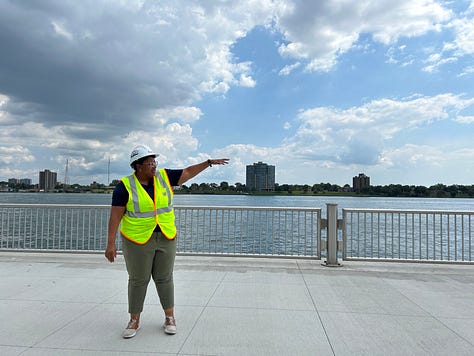
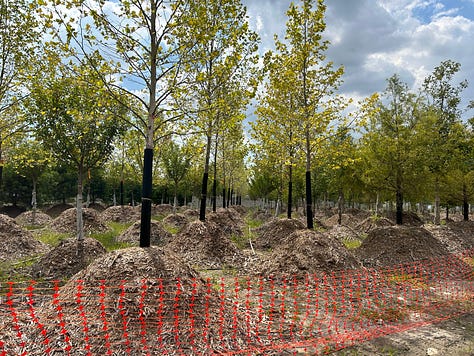
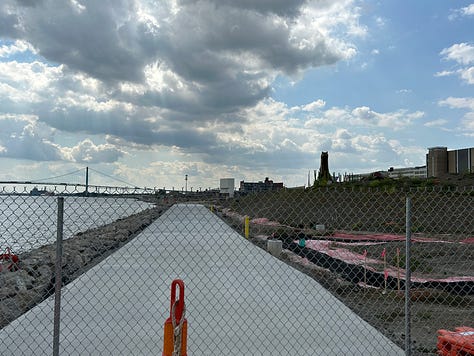
In the 1970s, Detroit Mayor Coleman Young envisioned a river park that spanned the 5 miles between the city’s two main river crossings. That vision is being implemented now, in the mid-2020s, with the latest 22-acre section of park. Michigan Central is implementing a 30-year plan for the area beyond the train station that includes housing and even getting train service back to the train station. Newlab’s businesses are being incubated now so that they flourish over the coming decades. The $400 million invested in Book Tower is going to pay off years from now.
All of these examples show that Detroit is focusing on the long haul — a refreshing perspective in our get-rich-quick times. While it can be stunning to see a quick transformation of a city, there is something equally impressive in maintaining slow progress over the long term, across different mayoral administrations and changes in leadership in the private sector.
Have an idea for the next subscriber trip? Respond to this email, send me a DM in the Substack app, or post a comment below!





Your point about the long haul really hit me, so often I find myself frustrated by the slow pace of change - but love the frame that the persistence over time as something to be celebrated.